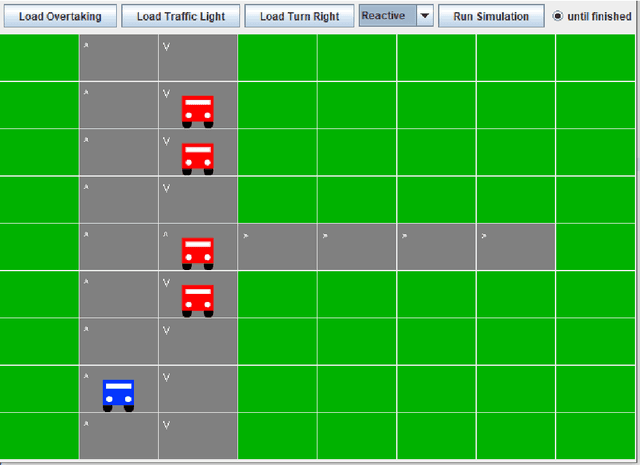Advising Autonomous Cars about the Rules of the Road
Paper and Code
Sep 28, 2022

This paper describes (R)ules (o)f (T)he (R)oad (A)dvisor, an agent that provides recommended and possible actions to be generated from a set of human-level rules. We describe the architecture and design of RoTRA, both formally and with an example. Specifically, we use RoTRA to formalise and implement the UK "Rules of the Road", and describe how this can be incorporated into autonomous cars such that they can reason internally about obeying the rules of the road. In addition, the possible actions generated are annotated to indicate whether the rules state that the action must be taken or that they only recommend that the action should be taken, as per the UK Highway Code (Rules of The Road). The benefits of utilising this system include being able to adapt to different regulations in different jurisdictions; allowing clear traceability from rules to behaviour, and providing an external automated accountability mechanism that can check whether the rules were obeyed in some given situation. A simulation of an autonomous car shows, via a concrete example, how trust can be built by putting the autonomous vehicle through a number of scenarios which test the car's ability to obey the rules of the road. Autonomous cars that incorporate this system are able to ensure that they are obeying the rules of the road and external (legal or regulatory) bodies can verify that this is the case, without the vehicle or its manufacturer having to expose their source code or make their working transparent, thus allowing greater trust between car companies, jurisdictions, and the general public.
 Add to Chrome
Add to Chrome Add to Firefox
Add to Firefox Add to Edge
Add to Edge